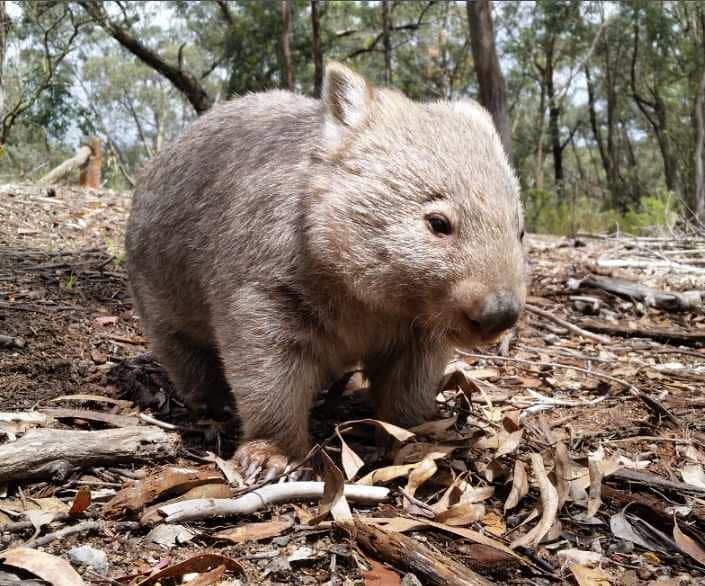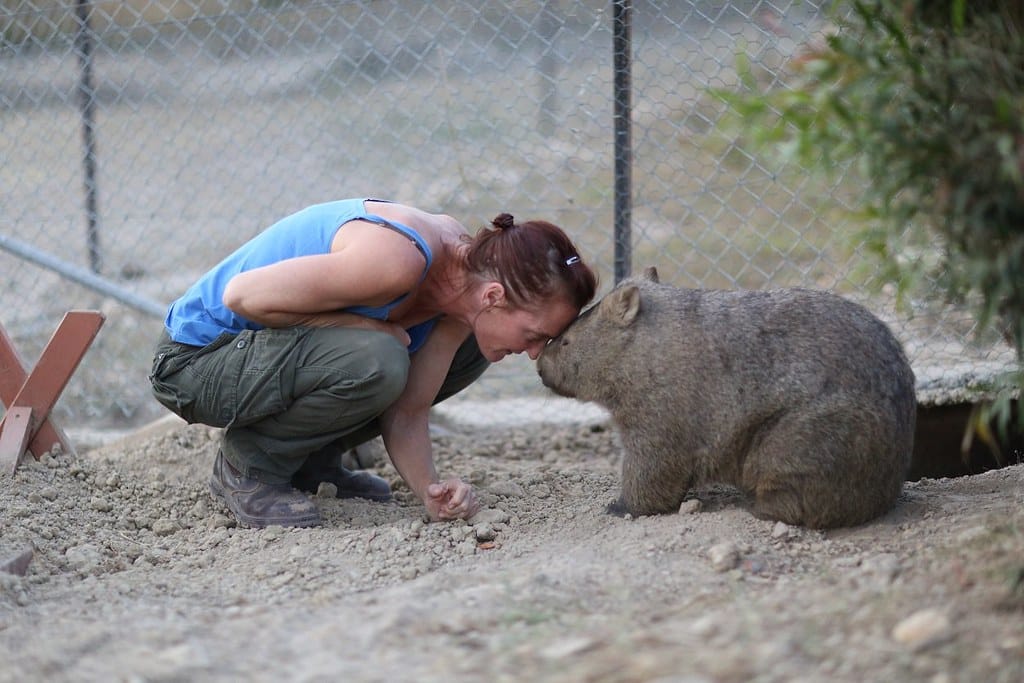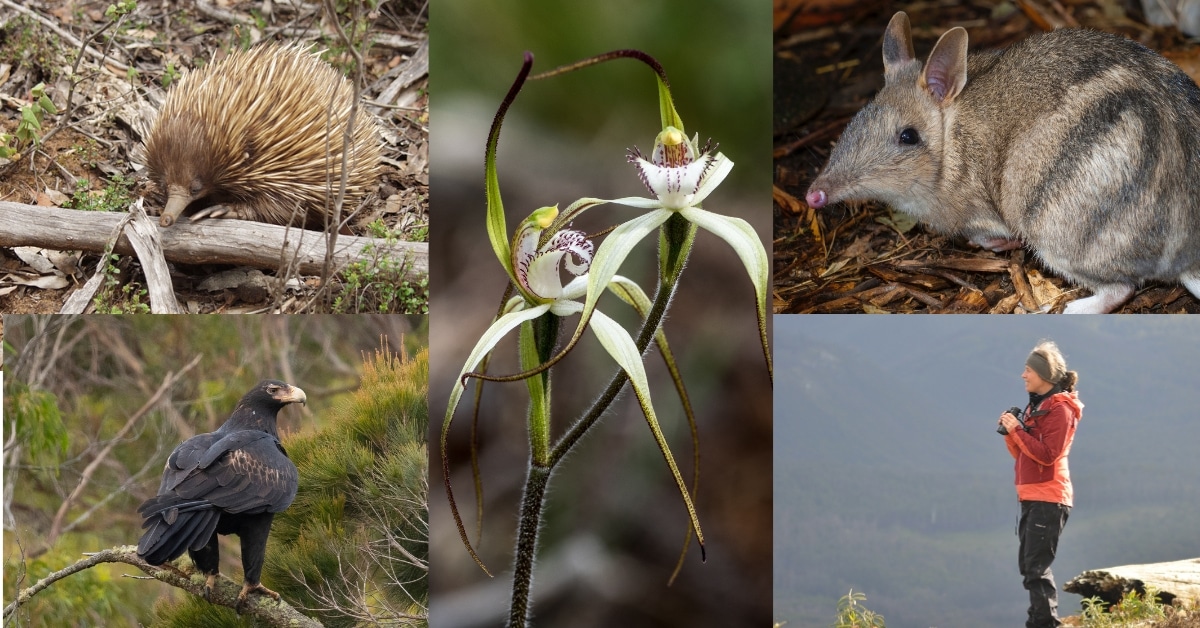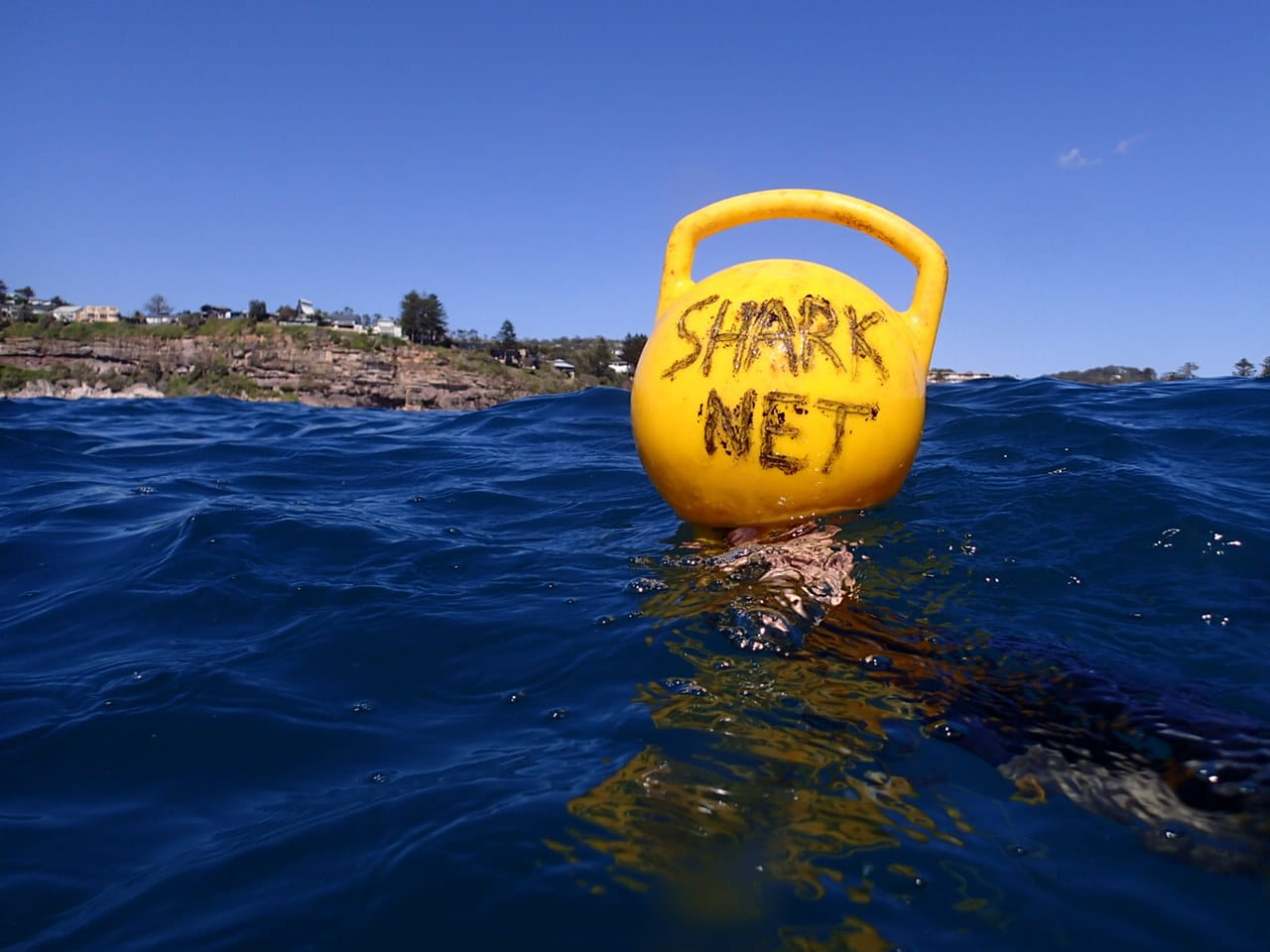April is Global Citizen Scientist Month! April is a month-long celebration of citizen science and its incredible contribution to advancing science. Citizen scientists can help collect data and collaborate with university researchers, field experts, government departments, and conservation organisations. Citizen scientists can be from all walks of life and levels...
Wombats are without a doubt among Australia’s most loved wildlife, with their headstrong yet playful nature rarely failing to win over the hearts of those who come in contact with them. What’s lesser-known however is that wombats are well and truly up against some serious and devastating threats including the dreadful and debilitating disease of mange, frequent road strikes that leave wombats seriously maimed or dead with dependent joeys still in their pouches, distressing dog attacks and more.
Though perhaps the most difficult impact on wombats to comprehend is shooting – a practice which many people are unaware widely occurs that has been launched into the spotlight this week with the revelation that high-rolling tourists are being invited to hunt wombats at a luxury lodge in Victoria. That this killing seems to be happening for ‘fun’ rather than the usual tenuous claims of pasture protection and preventing property damage makes it all the more abhorrent.

This ‘hunting’ activity appears to be illegal, though shockingly only just. The property where it is alleged to be occurring is in Murrindindi, which is one of 193 parishes in eastern Victoria where wombats have been declared ‘unprotected’ through a Governor in Council Order under section 7A of the Victorian Wildlife Act 1975. In these worryingly expansive areas, bare-nosed wombats can be ‘controlled’ by shooting without any authorisation or reporting requirements.
There are some caveats around what types of firearms can be used, and the law states that wombats can only be shot by a “landholder or occupier engaged in rural production or by their permanent employees”. Tourists certainly don’t seem to meet this definition, though it is a grey area.
Shockingly, authorisation to shoot wombats can be easily obtained where they are (supposedly) protected wildlife outside these 193 parishes, with at least three permits being handed out every week in Victoria allowing nearly 26,500 to be ‘controlled’ in the past decade as revealed by The New Daily. Last year alone, 268 permits were issued with up to 3,830 wombats impacted – more than 10 a day, and that is not taking into account what is likely to be high levels of killing in the ‘unprotected’ parishes.
Rescued wombats Albert and Einstein play at WLT sanctuary Misty Hills
While the focus is currently on Victoria, making matters worse is that they are far from out of step with other jurisdictions. For example, the Code of Practice for the Humane Destruction of Wombats in South Australia, updated just last year, outlines that both bare-nosed wombats and southern hairy-nosed wombats can be ‘destroyed’ with a permit. Their ‘how to comply’ guide lists tips such as “Shooting should be avoided at times of year when dependent young at foot are present. However if young at foot are present they must be targeted first”, states that acceptable methods of dealing with pouch young include “decapitation, stunning followed by decapitation, or a single forceful blow to the base of the skull”, and offers the following confronting ‘point of aim’ diagrams:

If this is “humane destruction”, it’s hard to fathom a situation where treatment would be cruel enough to warrant prosecution, or indeed how the authorities can realistically monitor these activities on private land. Similar permissions to ‘control’ wombats are able to be obtained for general property damage or crop protection reasons in Tasmania and New South Wales, with even these requirements drawing criticism from some circles who claim that going through this process is burdensome ‘red tape’.
With many reports of potentially illegal shooting and who knows what else happening on some remote properties hidden from public view, it is not unreasonable to suggest that upwards of 10,000 wombats are shot in Australia every year. It’s an animal welfare disaster, and with new technologies such as wombat gates that allow wombats to pass through fence lines without damaging them now widely available, it simply doesn’t have to be this way.

Humane Society International is proud to support a number of wombat carers involved in our Wildlife Land Trust private land conservation program, people who are on the front line dealing with injured and orphaned wombats at considerable personal cost, and is also fighting hard to elevate government support for mange treatments through methods such as Key Threatening Process nominations under national environment law.
Wombats are very close to our hearts, and we won’t rest until unacceptably cruel impacts such as mange, road strike and shooting are given the attention they deserve and comprehensively tackled.
Evan Quartermain is Head of Programs at Humane Society International and has been with the organisation since 2010. A member of the IUCN World Commission on Protected Areas, Evan is responsible for HSI’s terrestrial habitat and wildlife protection campaigns and programs, with particular focus on legislative reform, flying-foxes, dingoes, and habitat protection through Threatened Ecological Community and Natural Heritage nominations.
Header image: Wombat joey in pouch at WLT sanctuary Sleepy Burrows


